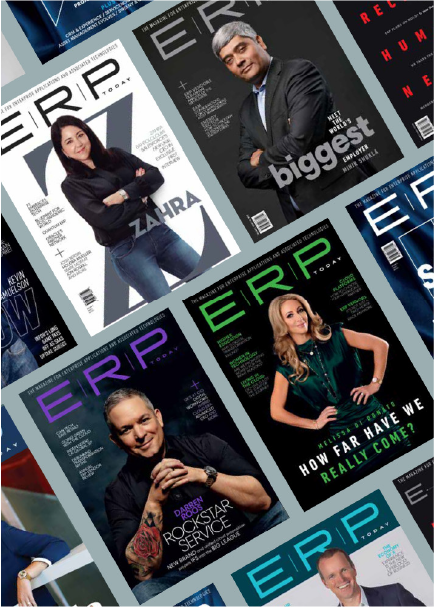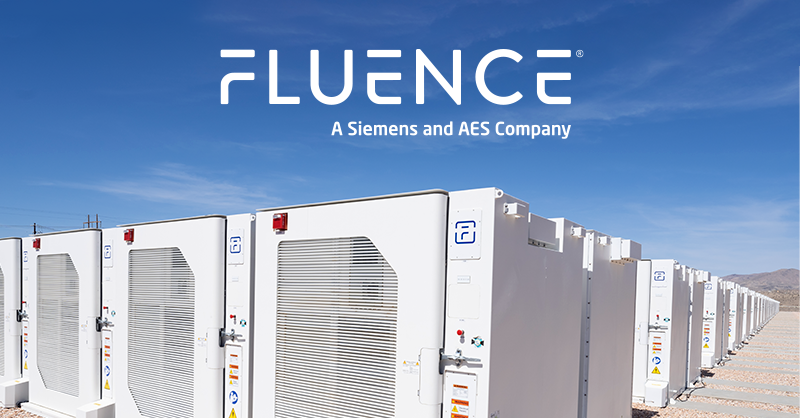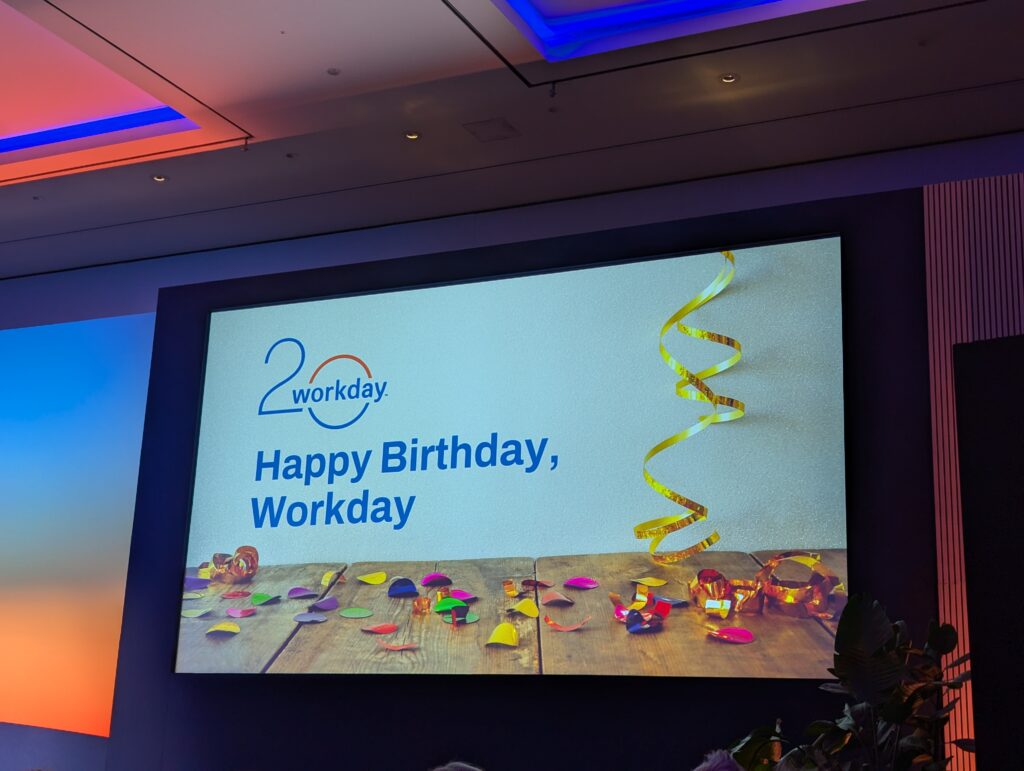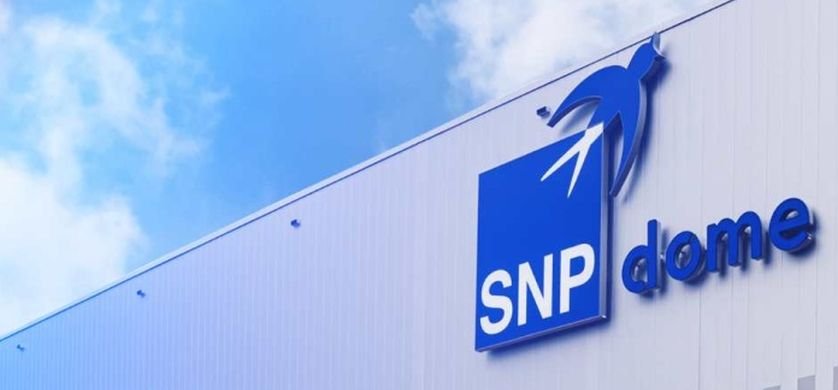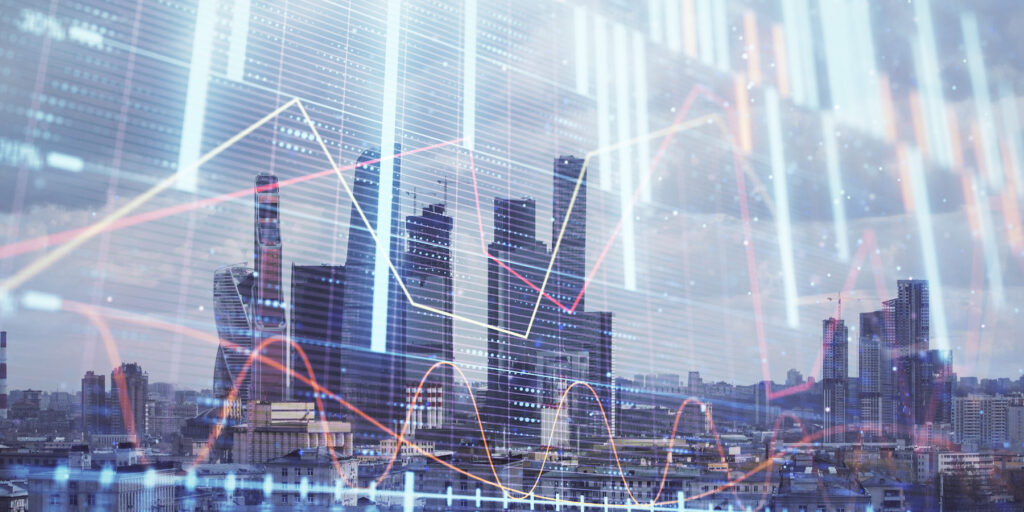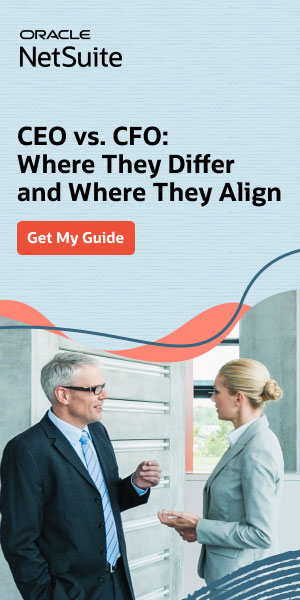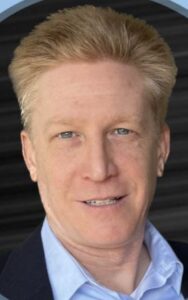 When Dean Crounse joined Fluence as VP of Enterprise Platforms, the company had just crossed the $900 million revenue mark. Two years later, it’s closing in on $4 billion. In that time, the global energy storage leader—born from a joint venture between Siemens and AES—has moved at breakneck speed to scale operations, deploy clean energy infrastructure, and modernize core systems, all while keeping its sights on a $10 billion horizon.
When Dean Crounse joined Fluence as VP of Enterprise Platforms, the company had just crossed the $900 million revenue mark. Two years later, it’s closing in on $4 billion. In that time, the global energy storage leader—born from a joint venture between Siemens and AES—has moved at breakneck speed to scale operations, deploy clean energy infrastructure, and modernize core systems, all while keeping its sights on a $10 billion horizon.
At the heart of that journey: SAP. But for Crounse, this wasn’t a routine ERP upgrade. “This was not just about SAP—it was a digital transformation and simplification mandate,” he says. “We needed a platform that could orchestrate our global supply chain and help us deliver massive $300 million projects on time, or face serious financial penalties.”
Fluence doesn’t manufacture batteries—it orchestrates them. Its business model revolves around designing, delivering, and maintaining utility-scale energy storage systems that stabilize power grids around the world. That requires real-time visibility into a vast, globally distributed supply chain and contract manufacturing network—something Crounse says only SAP could deliver at scale.
After assessing their legacy platforms like NetSuite, Workday, and Salesforce, Fluence determined that they wouldn’t scale to $10 billion in revenue. The team initiated a 13-month SAP implementation covering finance, supply chain, analytics, and sustainability. The result? A 99.7% clean core SAP deployment on Google Cloud via RISE with SAP. “We couldn’t afford custom processes,” Crounse said. “Clean core and standardization were essential to scale at this velocity.”
Speed, in fact, has been a strategic mantra for Crounse. “Speed over perfection,” he says. “In hypergrowth, an MVP mindset is critical. You can’t wait for perfect—you iterate, pivot, and move.”
That mindset also shaped how Fluence approached its implementation partners. While Deloitte handled the front end, Crounse emphasized the importance of transition planning. “I didn’t want to be on the consultant drug forever,” he joked. “We deliberately brought in a boutique partner and built a global delivery model to move from lights-on support to sustainable internal operations.”
Fluence’s SAP footprint is large: it spans S/4HANA, SAP Analytics Cloud (SAC), Integrated Business Planning (IBP), Sustainability Control Tower, and Signavio. “This wasn’t a finance-only project,” Crounse emphasized. “It was about end-to-end orchestration—from project inception to delivery and long-term asset maintenance.”
With installations across 24 countries and a growing physical presence in strategic markets like India, Germany, and the U.S., Fluence’s localization strategy relies heavily on SAP’s global capabilities. “Made-in-America is part of our strategy, but so is ‘sold-by-Germans-in-Germany’—it’s about being present where sustainability matters most,” Crounse said.
SAP’s role at Fluence also extends into sustainability and AI. As a green energy company, Fluence is exploring SAP Green Ledger and other emerging tools. “We were one of the first to sign up for RISE,” says Crounse. “But I’ve told SAP: I don’t want to be half-in. We need end-to-end cloud-native capabilities, especially as we lean into AI and agent-based operations.”
While Crounse doesn’t foresee AI fundamentally reshaping Fluence’s core engineering work in the short term, he does see operational use cases exploding. “Can I cut my development team by 20% with GenAI? Can we automate testing or generate telemetry insights from our battery systems? These are the questions I’m asking today,” he said.
Fluence’s systems already collect data from thousands of IoT-connected devices, calling home to report temperature changes, performance degradation, or potential safety risks. “Our Battery Management System (BMS) sends alerts like: ‘I’m overheating—turn me down or I’ll shorten my lifespan,’” said Crounse. “This telemetry is where GenAI and SAP tools like AI Core and the Sustainability Control Tower can have real impact.”
The value isn’t just internal. Fluence’s long-term strategy revolves around recurring revenue from post-installation service and maintenance—an area that increasingly relies on smart analytics, AI, and predictive maintenance driven by SAP’s integrated platform capabilities.
For those embarking on similar journeys, Crounse offers straightforward advice: “Keep moving. You won’t hire perfect candidates, you won’t scope perfect processes—but the faster you move, the faster you learn, pivot, and scale. That’s how we’re building Fluence for the long run.”
What this means for ERP insiders
Think clean core for real scale. Fluence’s 99.7% clean core SAP deployment allowed it to grow from $900 million to $4 billion in two years—without tripping over customization bloat. For CIOs facing hypergrowth, clean core isn’t just a buzzword; it’s a requirement. SAP S/4HANA’s standardized processes and modular extensions (like SAP BTP and Signavio) let companies move fast while retaining governance and future-proofing their enterprise stack.
Make your supply chain predictive, not reactive. Fluence treats its global supply chain as a dynamic network, not a linear chain. SAP IBP and SAC provide forward-looking insights that help avoid penalties for late delivery on $300M projects. Tech leaders should invest in predictive analytics and supply chain orchestration platforms that turn data into timely action—especially in capital-intensive industries like energy, aerospace, and automotive.
Lean into sustainability and AI – but don’t get stuck in pilots. From Green Ledger to AI-generated code, Fluence is moving beyond buzzwords. CIOs should evaluate how SAP’s AI Core, Joule, and Sustainability Control Tower integrate with real business scenarios. Don’t pursue AI as a science project—pursue it to reduce headcount where possible, automate processes, and deliver smarter service to customers already demanding accountability and uptime.
